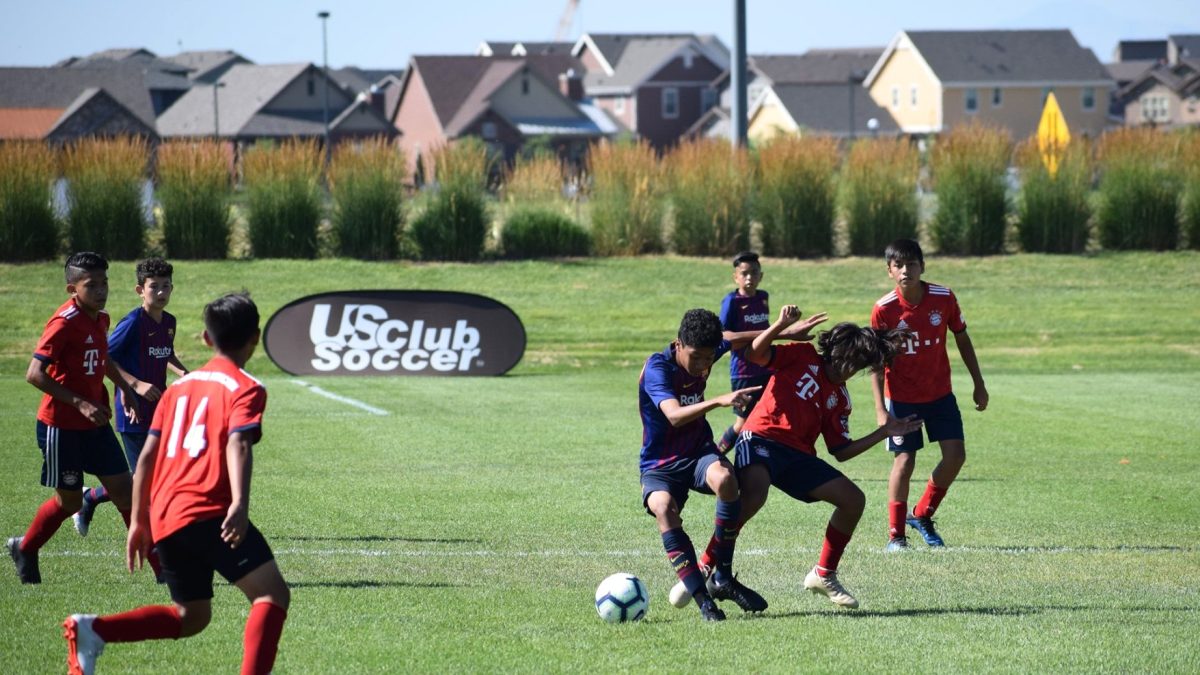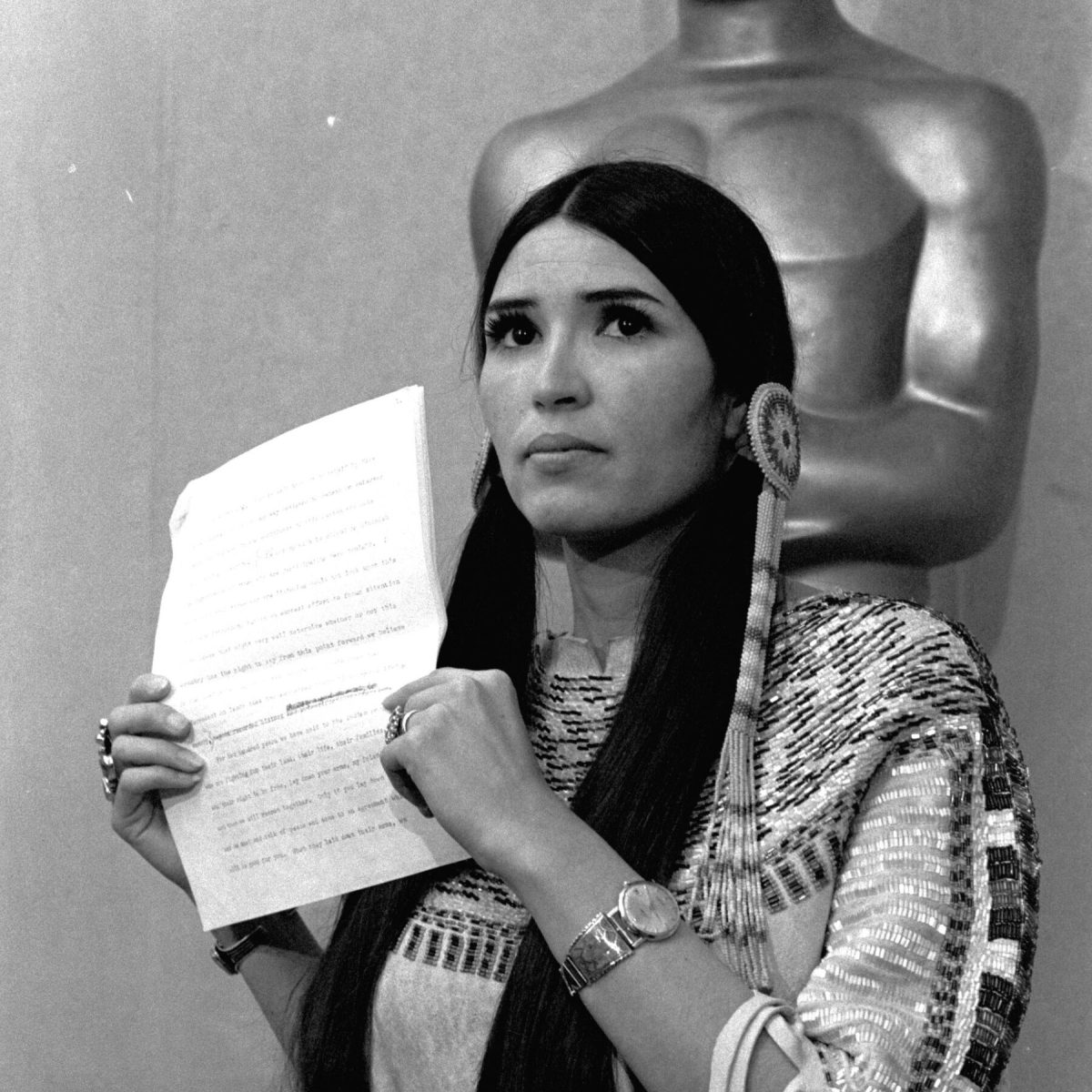Sammamish Rowing Association (SRA), a local rowing club in Redmond, Washington, is the largest team in the Pacific Northwest region. It offers an intense and competitive environment for athletes to push themselves further daily to become faster. While the strength of the rowers heavily determines the success and speed of SRA’s boats, an additional person in the shell can make a tremendous impact. This role is that of a coxswain.
The coxswain, a unique figure in the boat, is not a rower but a strategist. They are typically of small stature, yet their impact is immense. While they may not contribute to the boat’s speed through physical strength, they wield power through their motivational calls, precise steering, and flawless execution of a race plan.
SRA’s assistant junior girl’s coach Sydney Colburn emphasized, “Our coxswains are the glue that holds the boat together. They face immense pressure, but when they rise to the challenge, their impact is beyond words. A coxswain has the power to unite a boat and propel them to success.”
A skilled coxswain, adept at communicating motivational calls and quick thinking in high-stress situations, is a game-changer for a rowing team. Their presence can significantly enhance the team’s efficiency and effectiveness, tipping the scales between victory and defeat in a race.
Maddie Tsai, a sophomore on the team, only began coxing at the beginning of the 2023-2024 school year, but she rowed as a novice the year before. “Being a rower last season has not only helped me understand the technical components of the stroke, but also what thoughts and feelings a rower has as they race and execute a stroke.” Maddie said. “My ability to relate more towards the rowers allows me to make better calls and decisions.”
Rowers also has a newfound trust in and admiration for Maddie. It is one thing to tell people what to do, but sometimes, there is an element of disconnect, especially during challenging workouts on the water.
As an experienced rower, Julie Molina has been on the team for two years and has rowed with various coxswains in her boat. “She rowed with me in my boat all of last year. Maddie is able to actually understand how difficult rowing is because she knows what it is like when she coxes. She never belittles our pain or experience,” Molina said.
Coxswains are often very demanding with their expectations of the execution of pieces, which helps push athletes to their limits. It is irritating when you are exhausted, and the coxswain demands more from you while they get to sit there and tell people what to do. Maddie’s experience in coxing helps bridge this disconnect because she fully knows how difficult rowing is.
Coxswain’s responsibilities extend far beyond navigation. As rowers are so involved in their stroke, they cannot assess what is happening on the race course next to them. The boat’s coxswain works to offer real-time feedback about different metrics that are a part of the sport using a tool that plugs into the shell called a CoxBox.
The CoxBox connects to speakers in the boat and allows the coxswain to yell through a headset, allowing their words to reach all of the rowers in the boat. The coxswain also uses the CoxBox to see how many meters are left in a race or given workout, the split (how quickly the boat completes 500 meters), and the stroke rate (how many strokes are taken per minute).
With all of these metrics, staying calm and keeping your voice clear for rowers to understand mid-race is difficult. When coxswains first start, it can be intimidating because eight people rely on you to stay calm and collected and keep them safe from potential collisions.
“I would say the hardest aspect of coxing is definitely the mental challenge. There are many times when you have to trust your judgment, take responsibility, and be on top of many tasks at once,” Tsai highlights.
Similarly to how rowers are ranked in boats from fastest to slowest, coxswains are selected based on their communication skills, experience, and evaluation forms rowers complete to share their thoughts about certain coxswains.
These forms emphasize how important it is to have a good relationship with athletes at SRA. It is not a biased list because communication between rowers and coxswains is essential to share what is working for rowers to feel motivated and what is not. For this reason, coxswains must ask for feedback on their coxing to know what each person needs in the shell.
Tsai (sophomore coxswain) emphasizes the importance of responding to and using feedback from rowers. “Coxing is similar to a conversation, where the rowers respond to the coxswain’s communication with their movements. It’s important to make sure that calls are being adjusted and expressed correctly for the specific lineup.”
This understanding of rowers’ needs is valuable, and Maddie is always willing to listen to feedback and adjust calls as needed. When multiple athletes share that they like one specific call, coxswains continue using it because it is effective.
“Normally, we create a race plan as a boat a few days before our race. It’s a good time to share our opinions on certain racing strategies. It lets us give Maddie our feedback on what we want to hear when race day comes,” Molina said. This is important because it allows rowers to share their insight with their coxswain. Good coxswains typically take this feedback and use it to improve.”
Being a successful coxswain is so much more than just steering and yelling. It is about connecting with the people in your boat and making them feel heard. Communicating, trying out new calls to see if they work, and adjusting when needed are key elements of success.
Overall, due to the intense stress they undergo and the multitasking skills necessary for coxing, being a coxswain is a challenging but necessary job for rowing. Coxswain’s work should be noticed; when it comes down to a race, they are the glue that keeps everything together at the end of the day.








